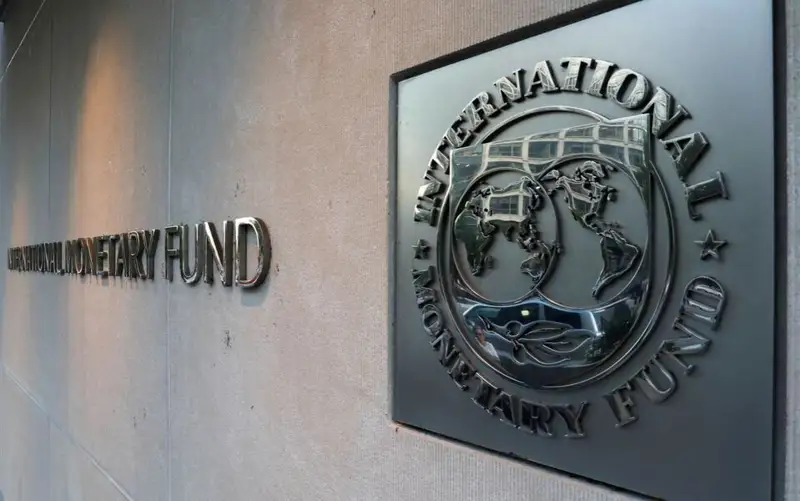IMF raises S. Korea's 2025 growth outlook to 0.9 pct on smaller-than-expected U.S. tariff impact
The International Monetary Fund (IMF) on Tuesday slightly raised its growth forecast for South Korea's economy to 0.9 percent for this year, saying that effects from U.S. tariff measures have been smaller than expected so far, Yonhap reports.

In its latest World Economic Outlook report, the IMF edged up its projection for Asia's fourth-largest economy by 0.1 percentage point from its previous forecast released in July. The IMF maintained its 2026 growth outlook for South Korea at 1.8 percent.
The United States negotiated trade deals with various countries and provided multiple exemptions. Most countries refrained from retaliation, keeping instead the trading system largely open, the IMF said. "As a result, the increase in tariffs and its effect has been smaller than expected so far."
Major economies have completed tariff agreements with the administration of U.S. President Donald Trump, aimed at scaling back Washington's "reciprocal" tariffs and sector-specific duties.
Seoul officials have been accelerating diplomatic efforts to formally finalize a framework trade deal reached in late July, under which South Korea will provide a US$350 billion investment package.
Finance Minister Koo Yun-cheol is largely expected to meet with U.S. Treasury Secretary Scott Bessent later this week in Washington, D.C., on the sidelines of international gatherings, to officially conclude the agreement.
The IMF's latest forecast for South Korea is roughly in line with projections from other major economic institutions.
A recent revision by the Bank of Korea (BOK) raised its economic growth forecast for South Korea to 0.9 percent for this year, while the Organization for Economic Cooperation and Development (OECD) has projected a growth rate of 1 percent.
The IMF, however, said despite a steady first half, the outlook remains fragile and risks remain tilted to the downside.
The main risk is that tariffs may increase further from renewed and unresolved trade tensions, which, coupled with supply chain disruptions, could lower global output by 0.3 percent next year, it said.
Earlier, it was reported Vietnam aims to join the world's top 30 economies by 2030.
